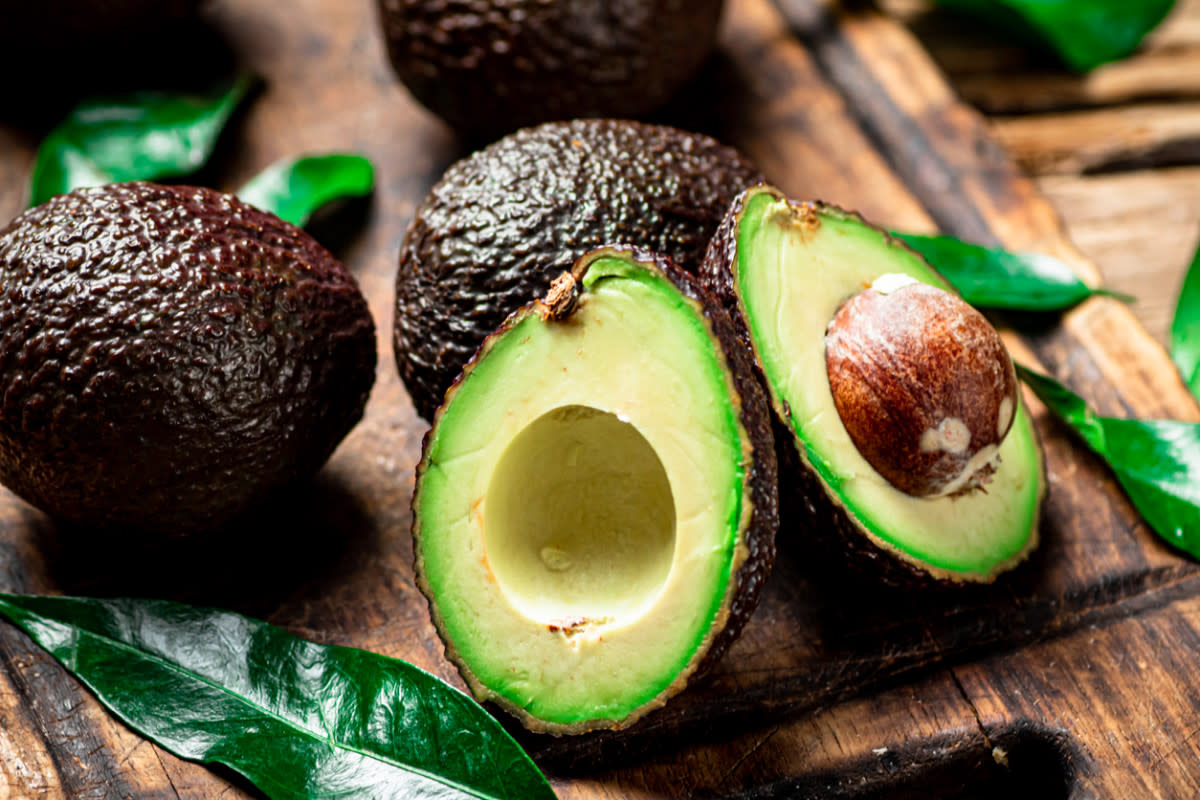For Once and For All, Here's Exactly How to Tell If An Avocado Is Ripe

If you've ever sliced into a seemingly ripe avocado only to find brown, sludgy innards or a hard green mass, you know one of the most frustrating produce-related disappointments. After all, plans to make guacamole or avocado toast are rarely flexible. If you need it, you need it now!
Related: The Surprising Ingredient Eva Longoria Adds to Her Guacamole
But let's face it. Despite their delicious flavor, incredible health benefits and undeniable versatility, avocados are the drama when it comes to the ripening process. They don't ripen on the tree, unlike most other fruits. They become their best, creamiest, yummiest selves only after they've been harvested.
Fortunately, there are a few simple ways to avert disaster. Is that avocado ripe and ready for scooping, mashing or slicing? Pssst. Don't worry, we've got the answers! Here's everything you need to know to tell whether or not an avocado is ripe.
Related: 70 Best Avocado Recipes for Nutrient-Packed Meals
How to Tell If An Avocado Is Ripe
Check Under the Stem
Before you even place an avocado in your shopping cart, peek under the stem (also known as that woody little nub at the top of the avocado). Is it brown? Skip it! The avocado is almost certainly brown throughout. Find one with a stem that comes off and is still green underneath, and you've got an avocado that's ready to eat.
Related: Try This 2-Minute Trick to Ripen an Avocado
Peep the color and feel
While color is a useful visual cue for determining whether that avocado is ready for prime time, it's not always the best indicator. After all, we're looking for the dreamiest possible internal consistency. Here's what the folks at Love One Today (of the Hass Avocado Board) suggest:
Step 1: When glancing over a pile of avocados, look for those that are darker in color, which can indicate ripeness. Check the outer skin for any large indentations, which can indicate bruises.
Step 2: Hold the avocado in your palm.
Step 3: Check for firmness by gently squeezing but not with your fingertips, which can cause bruising. The avocado will be in one of these three stages of ripeness:
Firm (not ripe)
If the fruit doesn't yield to gentle pressure at all, it is still in the "firm" stage—and likely bright green—and has four to five days left to ripen.
Breaking (almost ripe):
Avocados can vary in color at this stage, so don't forget to see how it feels, too. Breaking avocados feel soft but don't completely yield to firm, gentle pressure. The seed can be difficult to remove at this point, and the inside flesh will be firm and tough to mash (read: not ready for guac!). Breaking avocados still need 1 or 2 days at room temperature to ripen.
Ripe (ready to eat):
Hooray! We've finally hit the sweet spot. When the avocado yields to a firm, gentle squeeze, it's ready to enjoy. Ripe avocados may be darker in color, but the feel of them also matters. They should feel lightly soft but not mushy. And you probably already know this if you've ever dilly-dallied with a ripe avocado, but it's typically perfect for just a day or two, so get moving!
Overripe (past ripe):
When an avocado is past its prime, it nearly caves in when squeezed. It may have indentations, brown or yellow internal flesh or even a rancid or squash-like odor. Moral of the story: Dig into your avocados before they reach this point.
Related: Exactly How Many Avocados You Should Eat for a Healthier Heart
Pro tip: You don't necessarily have to trash that overripe avocado! Mash it up and use it in an all-natural, DIY face mask.
